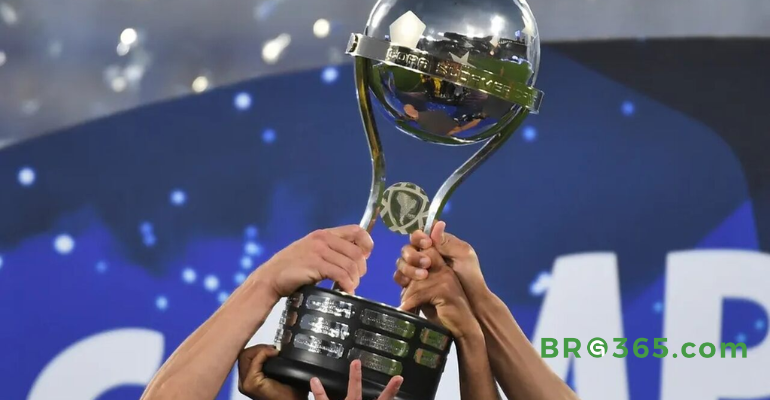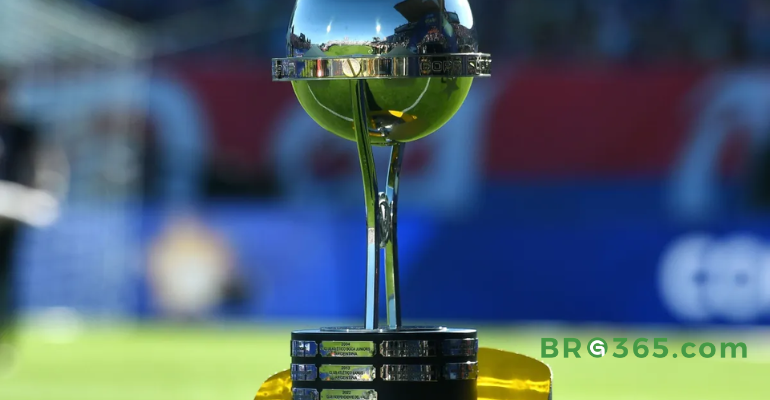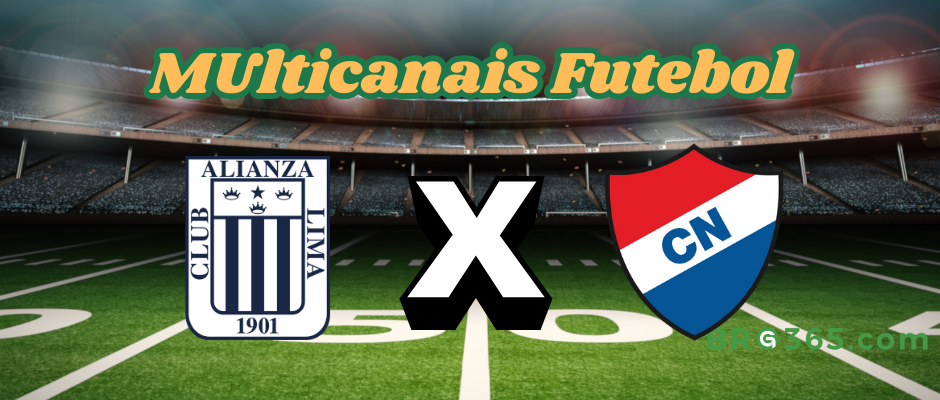The Atlético-MG badge is one of the greatest symbols of the club's identity, undergoing various transformations over the years, reflecting the team's growth and achievements. Since its foundation in 1908, the badge has represented strength and tradition.
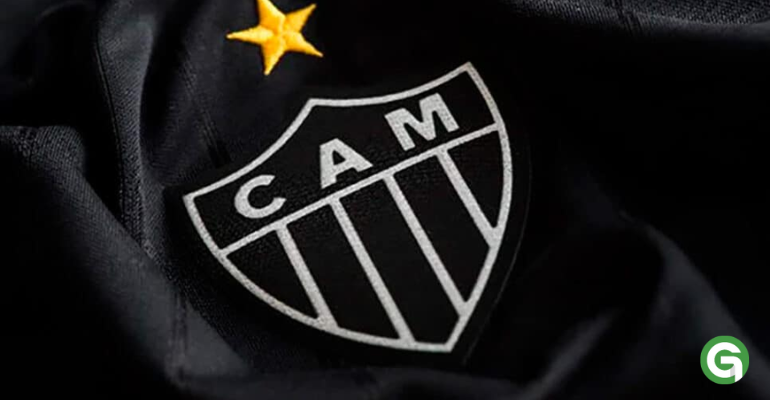
Initially, its design was simple, highlighting only the initials "CAM" (Clube Atlético Mineiro). Over time and with the club's evolution, the badge became more complex and imposing, reflecting the team's achievements and importance.BGR365! Let's explore its history!
The Origin of the Atlético-MG Badge
In the 1920s, Atlético-MG officially began adopting black and white as the club's representative colors, and this change was also reflected in the badge. The background of the badge began to feature horizontal black and white stripes, becoming an icon of the club. The triangular design of the badge, with the vertex pointing downward, symbolized the resilience and strength of Atlético-MG.
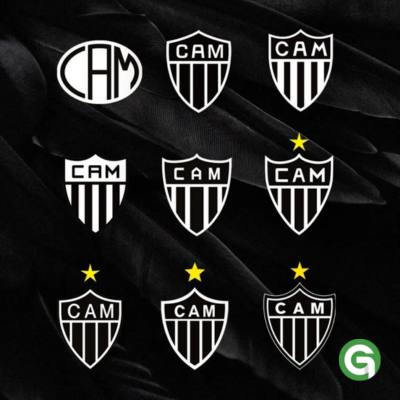
The First Atlético-MG Badge
Atlético-MG was founded in 1908, and the club's first badge began to be printed on the team's uniforms in the 1910s. Its shape was similar to the badge of América-RJ, with the letters arranged in a circular format.
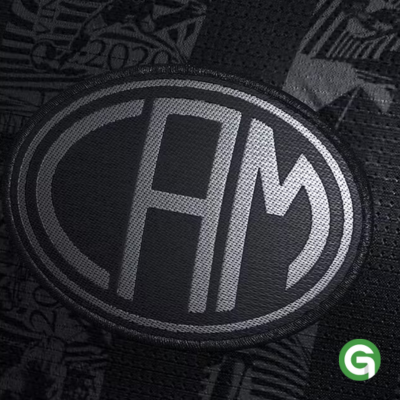
Updates to the Atlético-MG Badge
The Atlético-MG badge has undergone several significant changes throughout its history, with the first major update occurring in 1922. This initial design featured a heart shape, as described in the club's statutes. From then on, all subsequent badges were based on the heart outline created in the 1920s.
➡️Athletico – PR Titles: Club Achievement History
This first badge had the shape of an inverted heart, predominantly black, with white details on the sides and four vertical white stripes, with the initials "CAM" in the center. This design was registered with the INPI under the number 826.493.297, becoming the official emblem of the club.
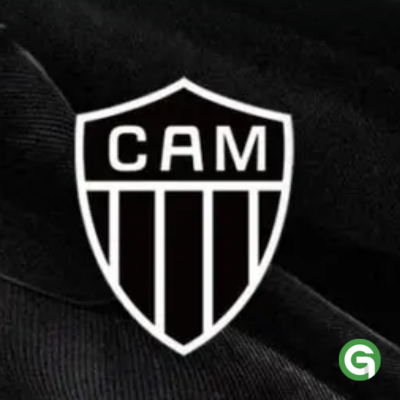
In the 1950s, the Atlético-MG badge underwent a change in color standardization. While black remained the main color, there was a swap in the badge's colors, with white becoming the background and the initials "CAM" being placed in black over it. This new design provided a fresh aesthetic to the badge.
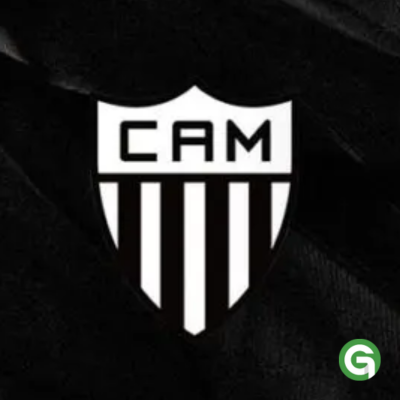
➡️ Next Atlético Mineiro match 2025: see the dates, times, and where to watch
The Addition of the Star
In 1971, after winning the Brazilian Championship, Atlético-MG added a gold star above its badge, representing the national title. This star remains today as an important symbol in the club's history, marking the greatness of this achievement. Since then, it has become part of the club's official uniform, eternally representing the glory and prestige of Atlético-MG.
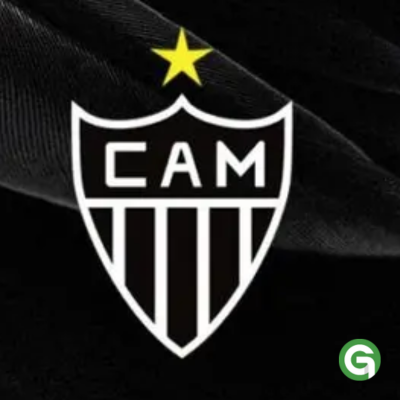
The Use of the Atlético-MG Badge
Since the 1980s, the Atlético-MG badge has remained virtually unchanged, with vertical black and white stripes and the initials "CAM" in the center, accompanied by the gold star on top. The Atlético-MG badge is widely used on all official club products, including player uniforms, shirts, caps, flags, and other licensed items.
On special occasions, the club has launched commemorative versions of the badge. For example, in 2008, during the celebrations of the club's centenary, the badge was redesigned to incorporate elements that paid tribute to the 100 years of history of Atlético-MG. These commemorative versions were used in exclusive products and promotional materials, but the original design has always been maintained as the club's primary symbol.
Recommended reading:
